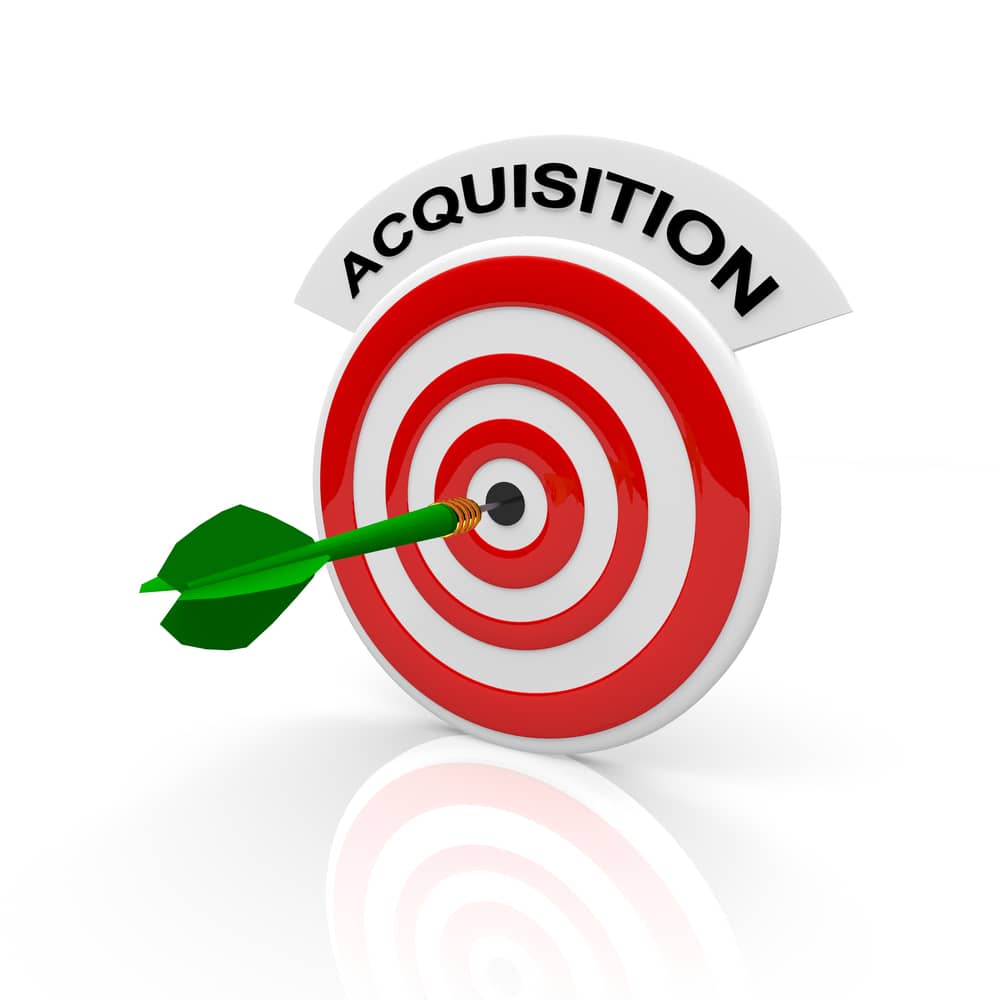WordPress focused on Content?
Must have 3 Acquisition metrics to monitor:
WHAT is Acquisition metrics?
If you ask me personally, then Acquisition metrics = Success metrics. Its why you have your WordPress for the first place.
A marketeer would answer it with a segmented sentence, complicating it further. Acquisition is the total of three distinct stages: lead generation, lead nurturing, and sales.
Whatever is your Success, and whatever you call it (Growth, Performance, Results) its tied to your specific niche. If your WordPress is all about promoting YOUR service, then your Acquisition is all about those who want to purchase YOUR services (or at least consider).
You need a clearly defined acquisition strategy to bring the right "interested people" in to your WordPress to convert them. But how do you set up and then evolve you acquisition strategy? The answer lies in your tracked acquisition metrics. By tracking these metrics, you monitor your business and make data-driven decisions for your growth. And never forget: "What gets measured gets managed!".
Figure out fast and early whether or not you’re FOCUSING the real HUMANS. Buying digital fluff (leads, clicks, follows, visits, downloads, subscribers or whatnot's) mostly makes reporting beautiful and bank account empty. Then optimise the acquisition costs (make it cheaper or get more for the same cost). Expand that knowledge into further campaigns. Optimise again, over a specific time frame, and you'll have a more effectively budget.
WHY monitor Acquisition metrics?
Acquisition Metrics are KPIs, and KPIs are Important for your WordPress. Said one voice, in a whimsical tone.
Acquisition metrics and KPIs help WordPress businesses to gain an in-depth understanding of how their marketing efforts are contributing towards goal achievement. Customer acquisition metrics are important because they provide tangible insights into the effectiveness of your marketing and sales efforts.
These Acquisition metrics allow you to track the cost of each customer, understand the value they bring to your WordPress business, and measure the success of your conversion strategies. With this information, you can make data-driven decisions to optimise your acquisition process, allocate resources wisely, and maximise your return on investment.
Monitor ONLY 3 Acquisition metrics?
3 is just a personal recommendation. Not small enough to get ignored, yet big enough to get noticed, even if you glimpse over them.
Set up Acquisition notification via important channels like email, sms, alerts, notifications that work for your WordPress. Not all the time will this be perfect, but should be important enough to not get forgotten. Make sure these Acquisition alerts are scheduled on a day/hour when intervention is possible. Friday, late afternoon is translated to either Monday late afternoon, or ignored and skipped.
Frequency? Depends.
If this makes or breaks your budget THIS month, then monitor this weekly.
If this makes or breaks your Q1-Q2-Q3-Q4, them monitor this monthly.
If this is a subject for a meeting, then schedule this BEFORE that said meeting.
In all cases, should consider MOM (month over month) and YOY (year over year) monitoring. Helps understanding where you're heading, at what expected point (logical and educated deduction).
WordPress focused on Content? Start monitoring your Acquisition metrics today!
WordPress focused on Content?
Must have 3 Acquisition metrics to monitor:
#1 - Visitors and their page-views
Website visitors indicate the number of times users opened your domain, reached your WordPress, reflecting overall traffic and interest. Meanwhile, their respective page views measure the number of pages users explore during their visits.
Why track Visitors and their page-views together? Because content complexity is not consistent. Tracking these metrics together, provide valuable insights into user engagement and interaction FROM your content. More organic traffic or direct visits imply increased exposure and visibility to a broader audience. Higher page views, from each specific visit suggest users explore multiple sections of your site, indicating deeper connection and interest in your content and offerings.
Complexity also plays an unique role here. If you content is part of a series, then page views for each, in total offers a more clearer understanding on how things evolve.
WordPress focused on Content? Start monitoring Visitors and their page-views metrics today!
#2 - URL and their Time On Page
The URL reveals the time each visitor reaches your specific WordPress page. The Time on site reveals how your content lands with your audience. Don’t stress if the bounce rate is high; just focus at specific pages to understand what’s happening. Overall, spiders + crawlers + bots are not humans, yet they fool almost any analytic tracking, constantly testing security, vulnerabilities, pagespeed and whatnots.
If visitors spend a lot of time on your content, that’s a good sign—it’s interesting and informative. A "short" content combined "high" Time On Page means the visitor opened your domain on a tab, and forgot about it. This is BAD.
If visitors spend too little time on your URL, it could signal returning visitors or knowledgeable existing customer. This is very OK, almost perfect, as you can interact with two types: interested future prospects and existing loyal customers.
Why track URL and their Time On Page together? Because content length is not consistent. Length of a 10 minutes to read blog-post like this, does not compare to our monthly CVE vulnerability reports, where you just glimpse if your WordPress plugin name was mentioned again or not. Difference to read by a human the same length (based on number of words): 10 minutes VERSUS a browser search + 10 seconds glimpse.
How to improve URL and their Time On Page? Make it interesting and more readable. For longer content, consider adding attention-grabbing CTA(s) or improving readability (like add pictures, videos, links related to content, table of content) to keep them engaged. Consider tone and style, but make sure you keep it consistent throughout the entire WordPress URL.
WordPress focused on Content? Start monitoring URL and their Time On Page metrics today!
#3 - Average session duration
Session duration measures how much time visitors spend on a domain per session. This practically double-check above two metrics. A session contains each visitors all pageview, all urls and all their time spent for that browsing session. The average shows how close or far is that from expected and OK scenario.
How to measure Average session duration? To get the average, if not already provided: Simply divide the total number of sessions during a specific period by the entire duration of all of the sessions.
Why measure Average session duration? This compares all users and tends to pinpoint the sweet-spot between visitor types. When you account calendar to that raw data you'll understand instantly why a user has more or not at all attention during holiday in DEC versus early MAY.
How to improve your Average session duration? Longer average times indicate your audience is hooked and finds your content valuable, which helps build brand loyalty, trust, and deeper customer relationships. Check drop-off points within longer content. Are there specific sections losing their interest? Use this to UPDATE or SWITCH the content with something more engaging.
WordPress focused on Content? Start monitoring Average session duration metrics today!
We’re passionate about helping you grow and make your impact
Continue being informed
Monthly vulnerability reports about WordPress and WooCommerce, plugins, themes.
Weekly inspiration, news and occasional with hand-picked deals. Unsubscribe anytime.




